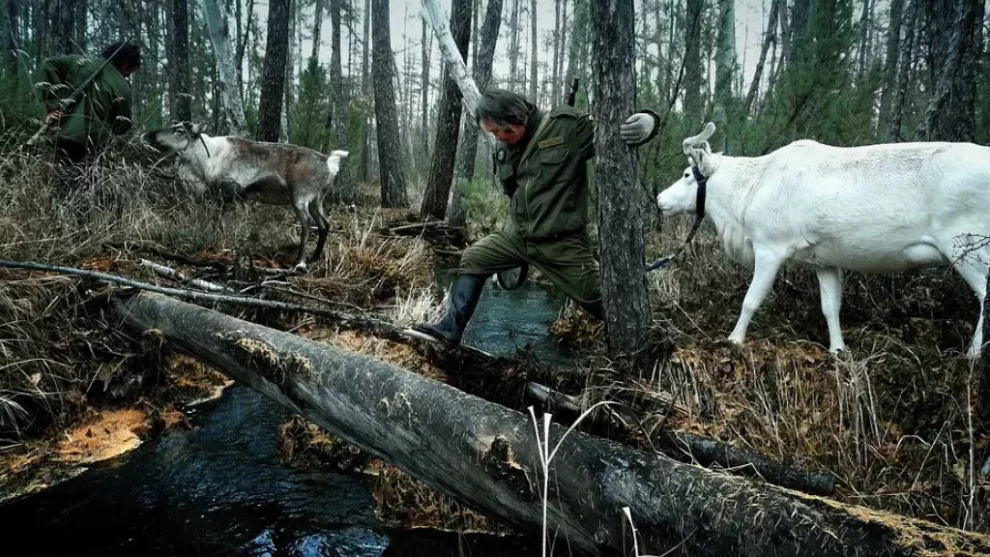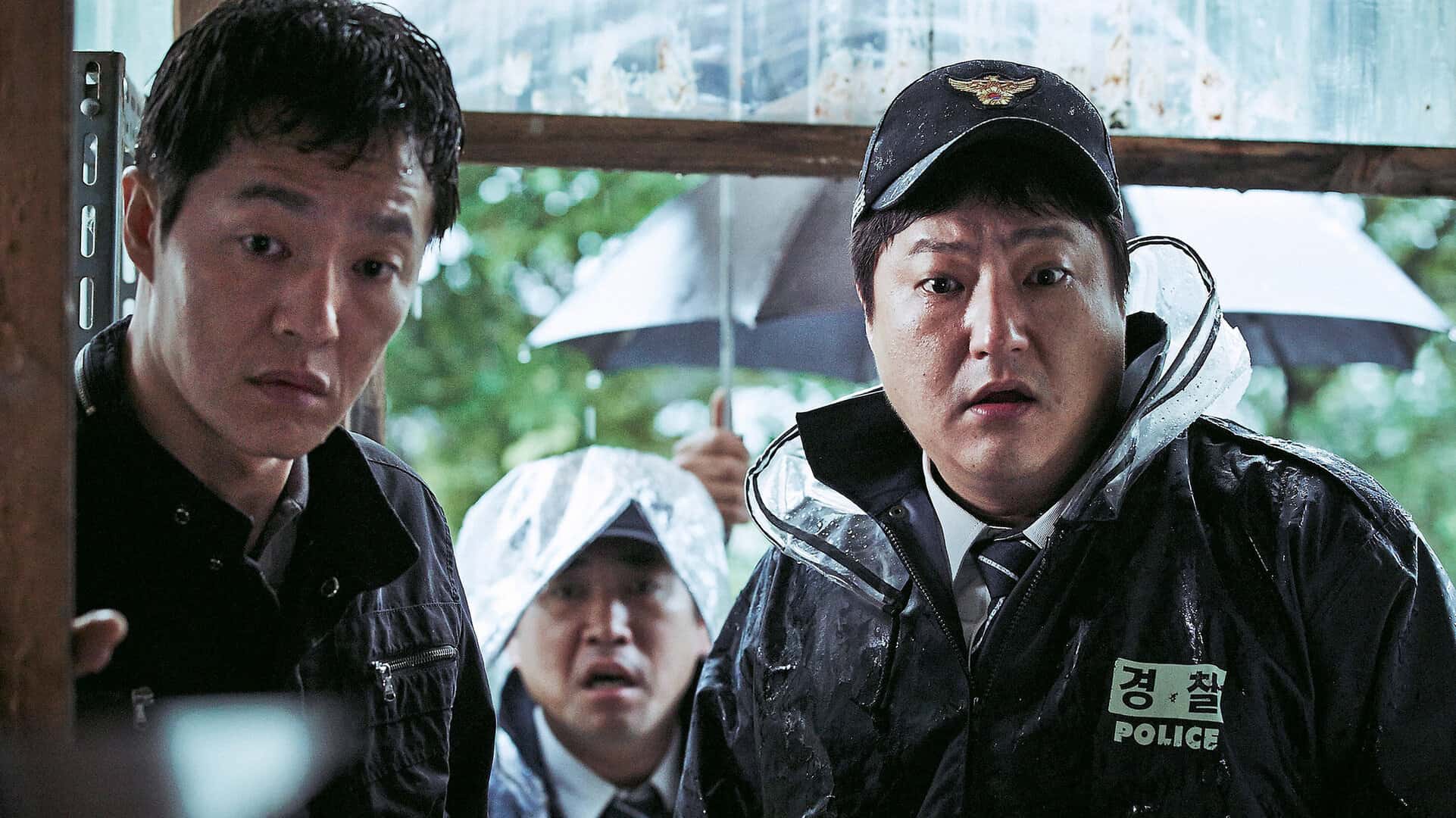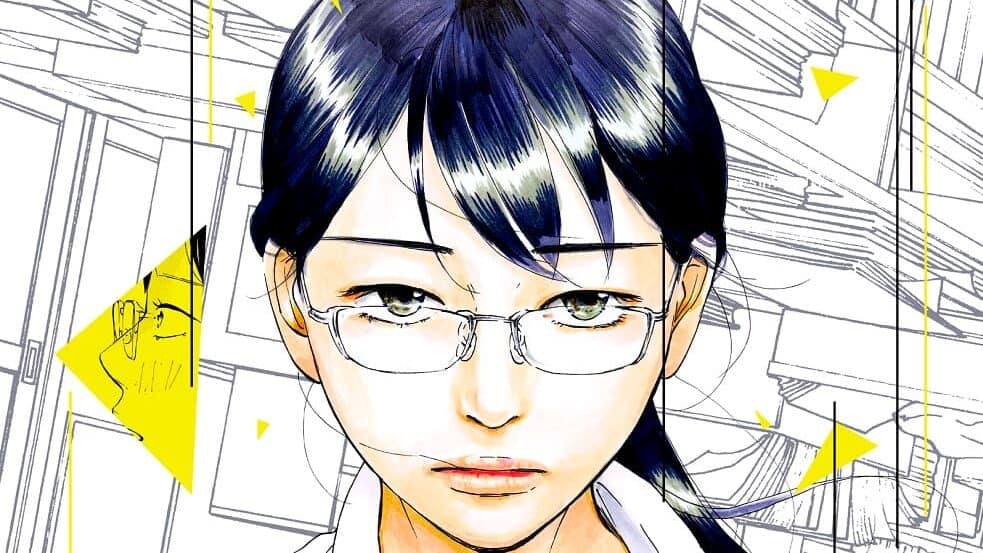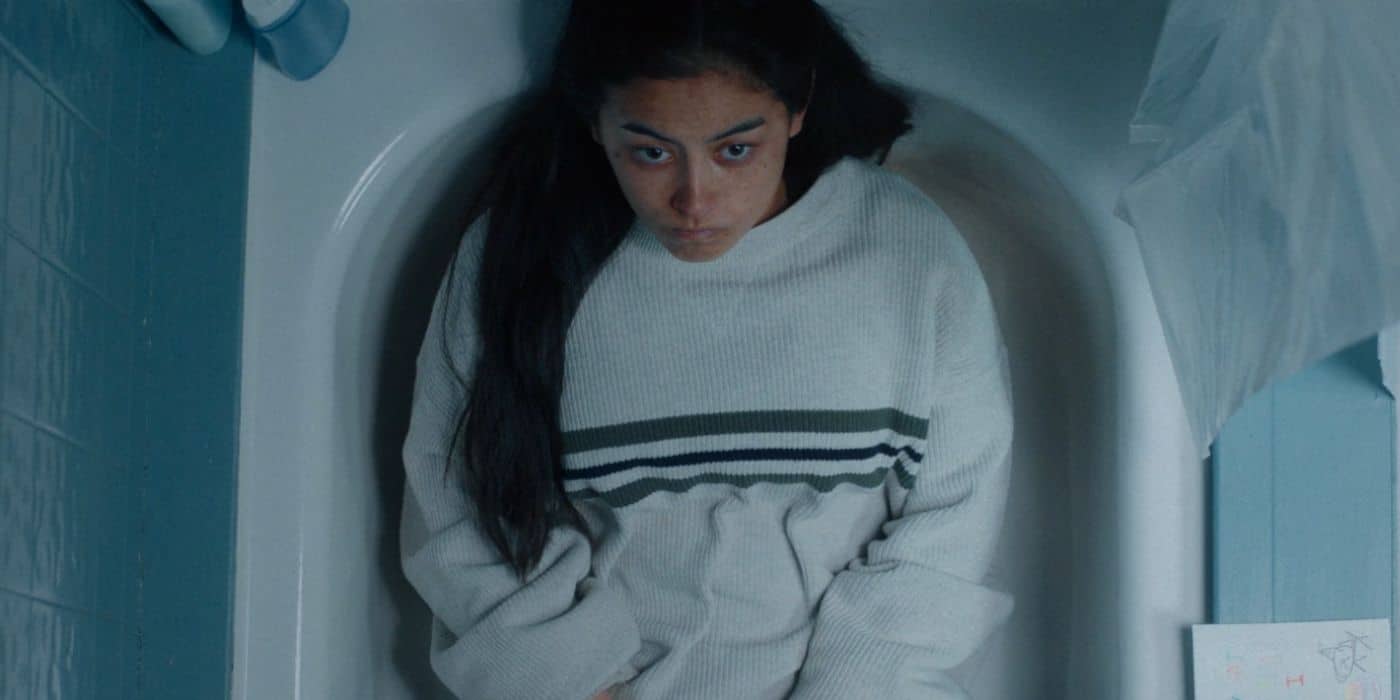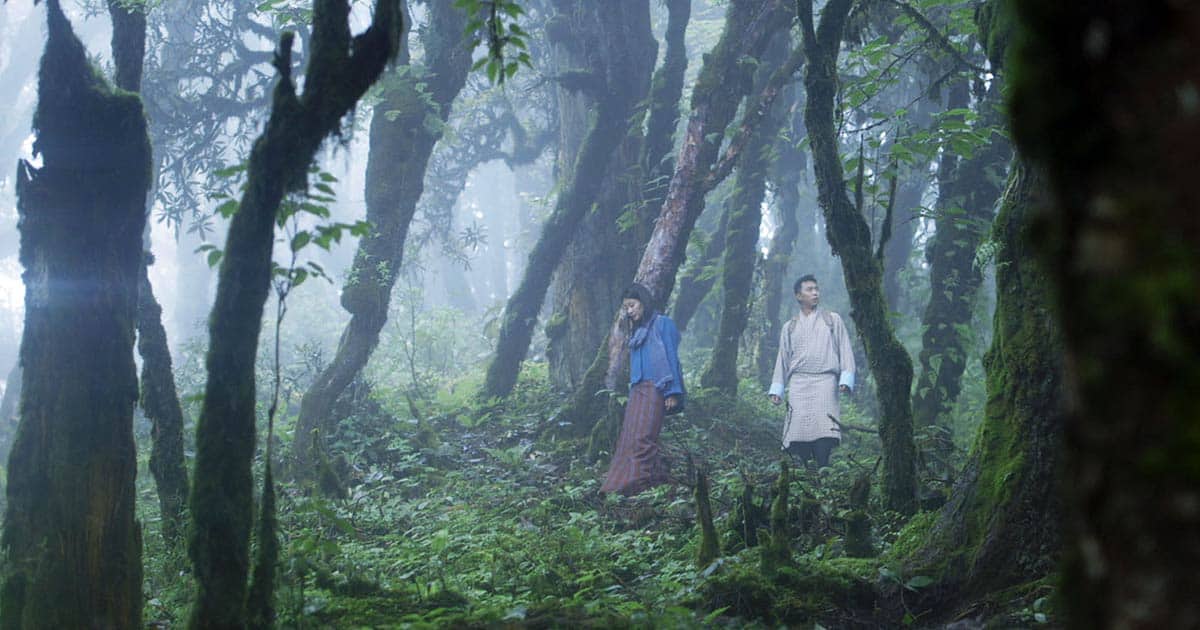Chinese directors of 5th and 6th Generation have garnered wide international recognition for their fiction output. Their documentary colleagues, however, are not met with the same amount of love and interest at film festivals. Unrightly so, as their work of documenting and exposing the rapid changes of People's Republic of China is highly commendable. Shot almost independently, with minimal budgets and no support from the government, Chinese guerilla filmmakers have to function in some of the least favourable film industry conditions. Here are some of the works representative of the Chinese indie documentary movement of last two decades.
Three Sisters (2012) by Wang Bing
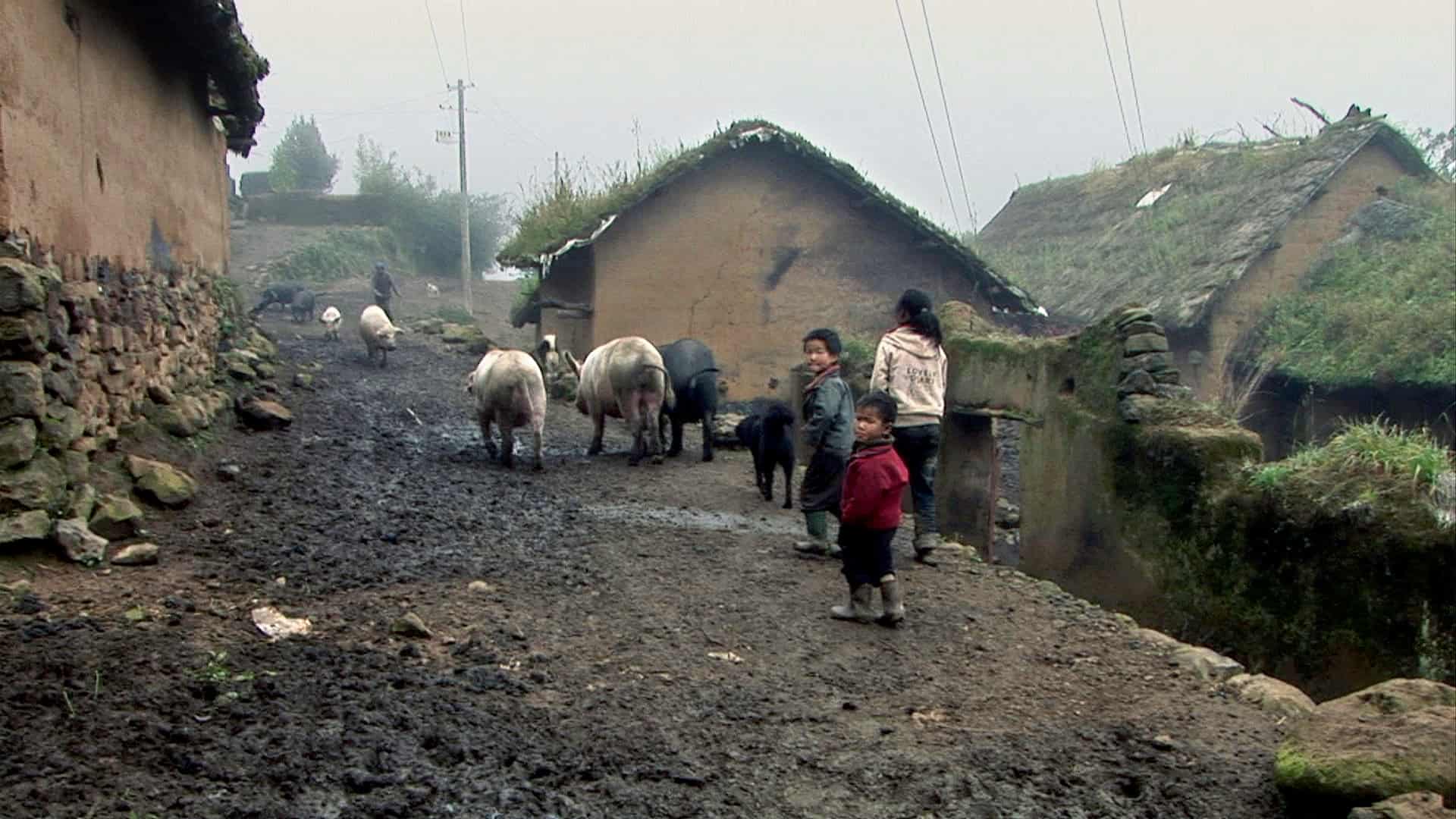
Contrary to what was said in this article's introduction, Wang Bing stands as an exception to the rule. As the most recognized Chinese contemporary documentary filmmaker, he is widely celebrated since his monumental debut “West of the Tracks” (2003). “Three Sisters” however is a far more accessible entry point into his filmography. The film documents the lives of eponymous three young sisters Ying, Zheng and Fen, who have to survive in the demanding rural area of Yunnan. A 3-hour long doc is shot in an observational mode, with Wang Bing rarely interacting with his protagonists. We learn about the challenges they have to face over the course of months during which the director accompanied them. “Three Sisters” capture the process of modernization of China from an unusual perspective of the marginalized. The protagonists become practically orphaned, as their father has to migrate to the city in search of work. The great flows of labour in the country are thus presented on a microscale. Such practice, of illustrating major political topics through the lives of the individuals, as Wang Bing's trademark. A must-watch which is a fascinating analysis of the processes shaping the contemporary Chinese society.
The Last Moose of Ao Lu Gu Ya (2013) by Gu Tao

Gu Tao's film, shot over a five-year period, is a painstakingly made portrait of Weijia, a reindeer hunter from the Ewenki minority. A cinema verité documentary (a tradition which largely influenced contemporary Chinese indie documentary movement) not only illustrates Weijia's struggle with alcoholism and estrangement, but also shows how minorities in Mainland China become incorporated into the society, with the ultimate goal of achieving a perfectly homogenized nation. This comes at a cost of traditions and customs of Gu Tao's protagonists. Weijia's movement between the provincial and urban areas is, similarly to “Three Sisters” a lost cause. Shot on a DV camera with practically no budget and support, “The Last Moose…” is an exercise in filmmaker's patience and perseverance.
Dancing in the Wind (2018) by Ting Yue

Yue Ting's “Dancing in the Wind” delves into the emerging world of Chinese streaming, characterized by its distinct peculiarities and rapid commercialization. The documentary centers around Gu Donglin, also known as the “Red Hair Emperor,” who has gained online fame for his unique and unconventional dance style. In a departure from traditional Chinese documentary subjects, Gu is portrayed as an energetic and frenetic individual deeply integrated into the online realm, enthusiastically embracing the swift transformations occurring in the country. The audience is offered an insider's view as Gu performs, revealing a dichotomy between his curated online persona and his actual surroundings, shrouding the true purpose and allure of his actions in mystery.
Beyond the apparent chaos of his material life, the internet becomes a realm where Gu transcends the daily challenges he faces. Battling both real-life thieves intruding into his apartment and the virtual onslaught of aspiring internet celebrities and online detractors, Gu embodies the fusion of virtual experiences and tangible existence characterizing modern China. Notably, “Dancing in the Wind” only briefly touches upon the governmental response to the burgeoning streaming phenomenon. The documentary paints the unregulated and all-encompassing streaming landscape as a potentially mind-numbing and harmful domain, rife with unchecked capitalism, as users vie for attention and digital social standing.
Fortune Teller (2010) by Tong Xu
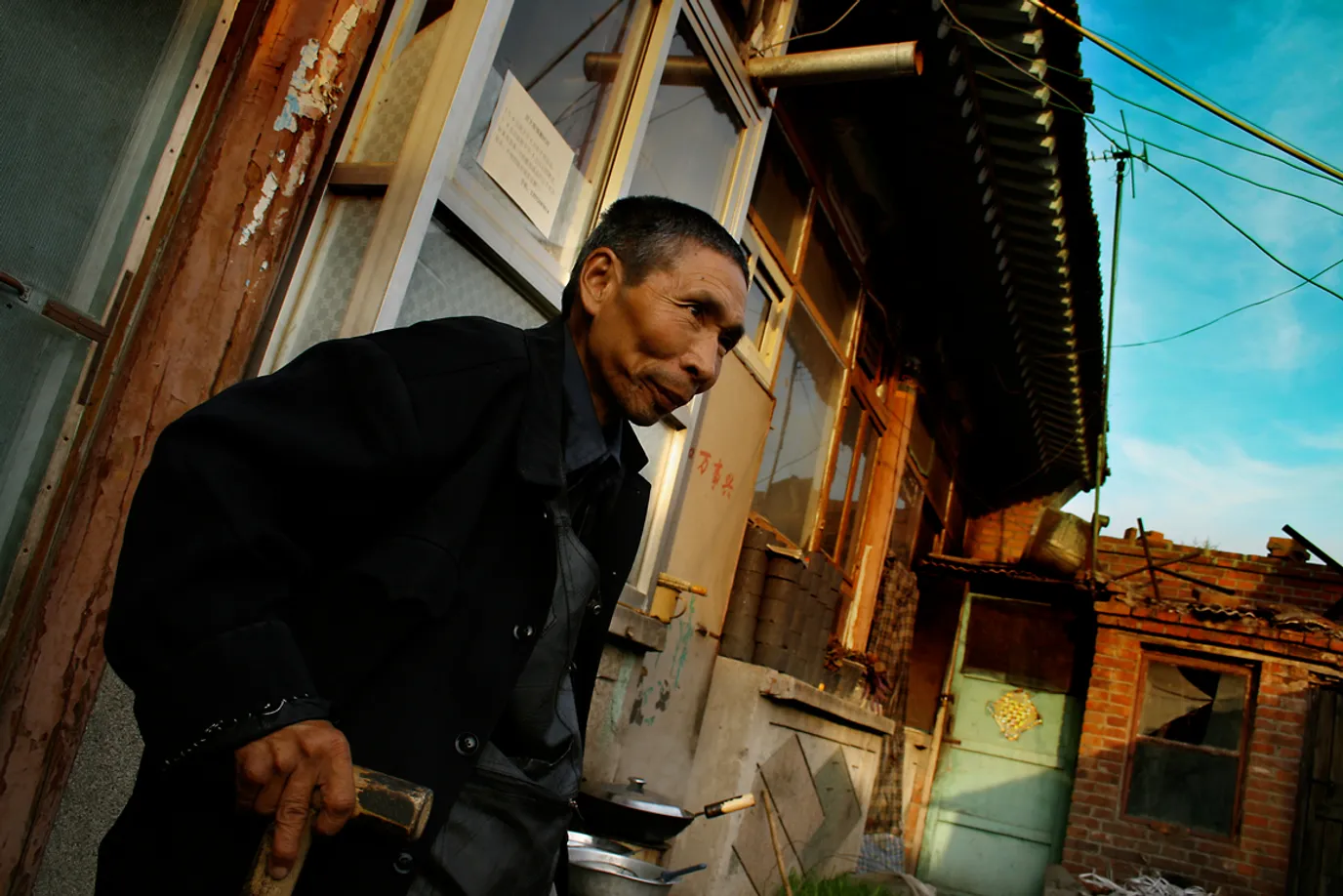
Confronted by the enumerated challenges, the central character must rely on his ‘fortune telling' expertise, an activity prohibited within China. He finds himself marginalized not only due to his health and societal standing, but also within the confines of his profession. Because disseminating superstitions and supernatural beliefs is proscribed in China, he must clandestinely provide his services to local clientele. If any individual could pose a potential threat to the Party's outlined progress, it would be Li – a frail figure representing the past. Enveloped in tradition, estranged from the working class (as evidenced in an absurd scene where a village official mocks him for not being a factory worker), and a preserver of pre-revolutionary customs, Li serves as a discomfiting reminder to the state of historical remnants and social issues it wishes to disregard.
Singing in the Wilderness (2021) by Chen Dongnan

In her inaugural full-length feature, much like in her documentary “The Trial from Xinjiang” a decade prior, the director once again delves into the mechanisms through which dominant forces mold and eventually erase ethnic diversity within the nation. The focus is on Miao, a Christian minority residing in southern China, which had been living in relative anonymity until their choir's unearthing catapulted them into a national sensation. The film chronicles the choir's preparations for public performances and the inner struggle among those in positions of authority. On one front, the choir's leader strives to preserve the Christian essence of the group. Conversely, the local propaganda minister endeavors to exploit their burgeoning triumph for political gain in Beijing. Ultimately, the clash mirrors many others in the People's Republic of China: tradition symbolizes security and constancy, while change brings both peril and opportunities.
In “Singing in the Wilderness,” the pressure on the choir members escalates. Initially, they are tasked with altering their repertoire (“perform something more contemporary”), highlighted when they present an Abba performance on a regional talent show. Later, during a journey to the United States, they sing once again, this time performing Bernstein's rendition of the opera “Candide” in English. Given that none of the performers are proficient in the language, the show becomes a vacuous exercise in marketing. The entire sequence involving the characters touring the U.S. serves as a powerful metaphor for the elaborate façade that the choir members are compelled to uphold.


